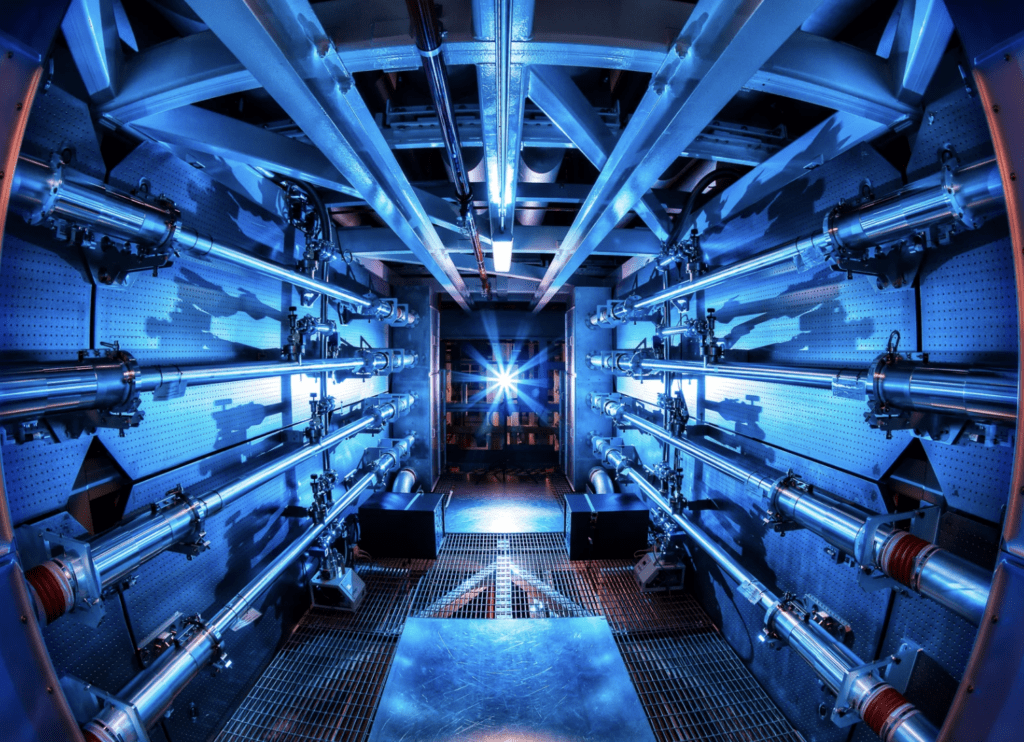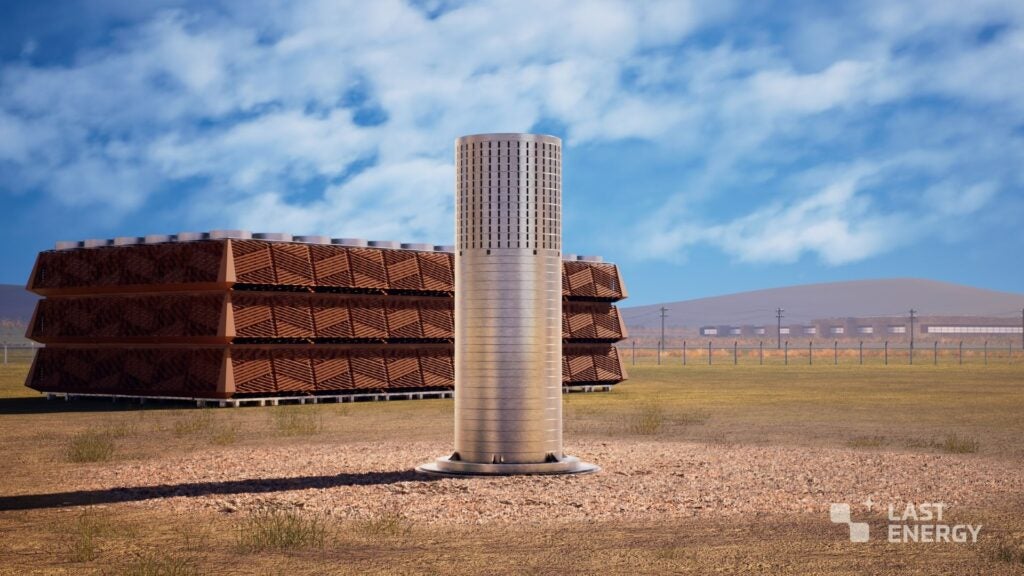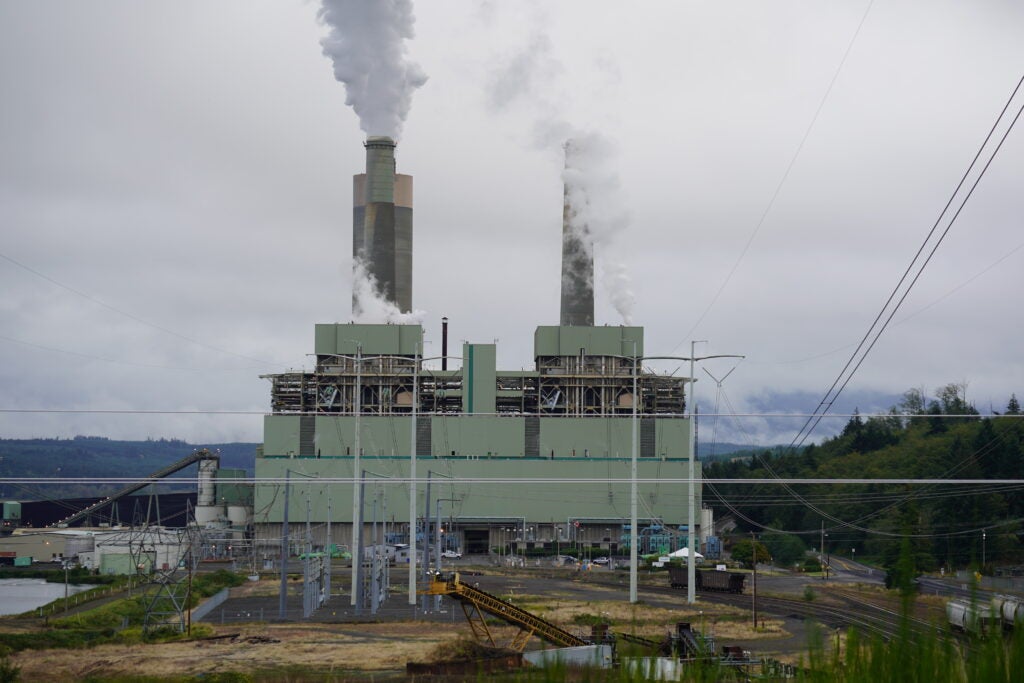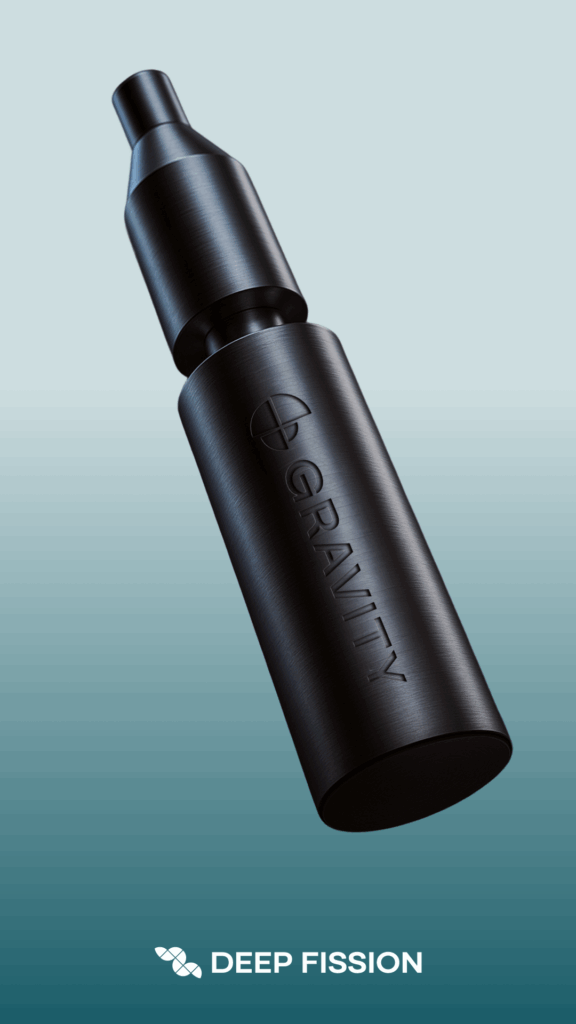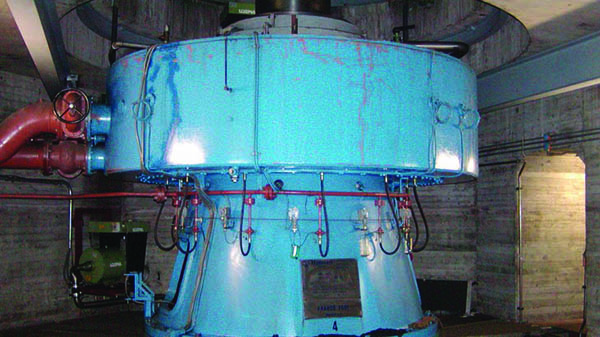With many challenges facing both fossil fuel and nuclear power generation facilities, training and workforce development has never been more important. Establishing a culture of continuous improvement is important for the future of the industry.
Continuous improvement is the consistent pressure to ensure 100% uptime while extending the life of existing infrastructure and, simultaneously, reducing costs. Continuous improvement is a goal for most organizations and is imperative for the power generation industry.
A Challenging Environment
The power generation industry faces several challenges over the coming decades. First, the requirement for new generation continues to increase, and the demand is matched by the increasing societal and political pressures to add new renewable generation capacity. Consistent pressure from the marketplace has led to increased environmental regulations across North America. These changes have occurred under different administrations at federal, state, and provincial levels with the end goal to encourage the development of additional renewable energy.
Access to operating capital for the upgrade of equipment in fossil fuel and nuclear power plants is limited, as new capital is directed to renewable generation infrastructure. The equipment is complex, particularly in nuclear generation facilities, creating pressure on engineering and maintenance teams to ensure the aging equipment operates effectively with no unplanned downtime and efficient cost management.
Next, the pace of technological development within the generation industry continues to increase, and so do applications for digitization. The enhanced technology provides generators with additional options for improvement and efficiency, but these opportunities to introduce new technology are balanced by the tight configuration controls under which plants operate. A key question for legacy generation facilities is how to leverage the benefits of recent technology without losing control of existing equipment within the plant (Figure 1). Generators are also experiencing challenges in embracing new digital technologies while meeting regulatory requirements. When the framework was originally developed, digital technology was not part of the regulatory framework in the nuclear industry.
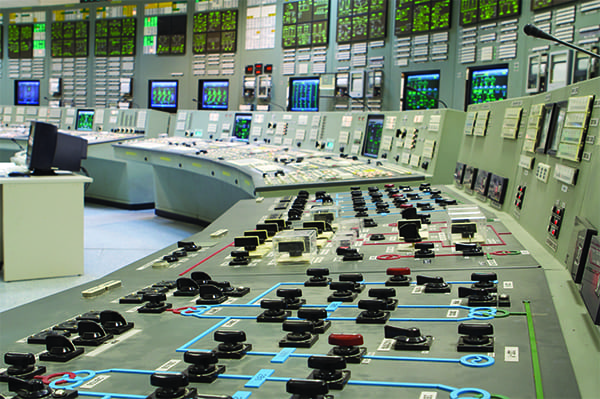 |
| 1. Technology has evolved greatly since many nuclear and fossil-fueled plants entered service. As retrofits are implemented, workers must be adequately trained on new systems. Courtesy: Kepner-Tregoe |
Furthermore, aging transmission and distribution (T&D) infrastructure is a challenge for plants in many areas throughout the U.S. Poor T&D infrastructure can reduce a generation plant’s ability to sell power, which creates operating inefficiencies and drives up operating costs. The plant may generate additional power, but the T&D system may not be able to handle the available capacity.
Attracting, training, and retaining new employees is yet another challenge across the industry as expectations of role diversity, promotion, and knowledge development continue to change because of the requirements and expectations of younger generations entering the workforce. Effective training and knowledge transfer play a vital role in ensuring new employees have the skills to operate sophisticated equipment mistake-free, minimizing unplanned outages.
Managing the Workforce
People are a key asset within the industry, and some generators are focused on understanding and managing their internal culture while providing a positive work environment for employees. Positive and negative behaviors can have a major impact on the effectiveness of a workforce, so managing and improving leadership behavior is a key focus. Most organizations continue to improve and expand the capability of their employees by investing in skill development and training programs.
Nuclear generators face their own specific set of issues, which include difficulty attracting high-quality employees in an industry that is no longer considered high tech. The nuclear industry offers interesting career opportunities, but it does not have the same profile as other more-glamorous sectors that are considered exciting with vast opportunities for growth. Plants operate 24/7 and often cannot align the desire many new workers have for day-shift employment with the operating needs of plants.
Across previous generations, employees often learned skills by working in a defined role over a lengthy period of time. Errors occasionally occurred during the learning process that are not acceptable today. New operators must become proficient quickly to operate the sophisticated equipment without errors, and this makes training programs vital to ensure effective knowledge transfer occurs. Protection and security requirements in power generation facilities, particularly in the nuclear generation industry, are more robust today, and add to the operating costs of a plant.
Aging or out-of-service generation units have unique physical challenges as well. They need decommissioning or repurposing and spent fuel needs to be stored or disposed of.
The nuclear industry also faces challenges to the traditional supply chain partner base. Domestically, primary industry partners, such as Westinghouse and GE, are competing within a shrinking and aging industry, limiting both presence and support compared to historical levels. Some of the original equipment manufacturers (OEMs) that were suppliers to the industry no longer exist. In general, the suppliers are now smaller, and they do not necessarily provide the same variety of products. The reduced level of support from OEMs has forced many nuclear generators to invest in research and development programs, which was previously a responsibility OEMs accepted.
Trusted partners play a key role to help generators navigate this changed environment. The partnerships must be long-term alliances as they require a thorough knowledge of the industry, and, in some cases, the capability to reverse engineer parts when they cannot be sourced from the OEM. Building these relationships requires a commitment from both sides. Industry partners must have enough work volume to warrant investing in training to meet the nuclear generation industry’s specific needs.
The reduced level of support from OEMs has also created challenges in sourcing spare parts. The aging nuclear generation infrastructure is complicated, with many different parts required. Alternative supply sources are limited, and parts must be re-engineered where necessary. The lack of access to preapproved parts and equipment can create problems within the heavily regulated nuclear industry, particularly as the lifecycle of plants is being pushed further and further beyond the original design life. Nuclear generators now must work closely with the regulators to ensure that there is a clear path forward that works for both generators and regulators.
Government support and access to capital are not equitable across types of generation in the contemporary environment. There are incentives and additional compensation for renewable technology that are not available to nuclear or fossil fuel generation. The lack of support for non-renewable sources of power creates additional economic pressure on the whole power generation industry. It is difficult to source capital to build new nuclear or fossil fuel generation under these economic conditions. The nuclear industry is focused on reducing operating costs to match natural gas and some renewable generation sources, but the plants are sophisticated and the pace of change is slow due to complex regulations.
There are multiple industry efforts in place to reduce operating costs. They include eliminating non-value-add work, instituting some voluntary regulations, implementing new technology to reduce manpower requirements, working with regulators to streamline regulatory requirements, and collaborating with vendors to reduce costs or source different materials.
Navigating the Challenges
Some of these challenging issues can only be resolved by the generation industry working together to manage the requirement for reliability that is provided by existing generation infrastructure and the demand for renewable energy sources. Customers want 100% reliability at low cost, which becomes increasingly challenging as fossil fuel generation that was traditionally used to manage load requirements is taken out of service.
Fortunately, several industry concerns can be managed by improved work processes, and skill development programs designed to transfer knowledge effectively and to improve key workforce skills such as critical thinking and problem solving. Organizations like Kepner-Tregoe (KT) continue to work with generators to streamline processes and to foster key skills that enhance employee effectiveness.
Mistakes are costly for any business, and even small mistakes can have a big financial impact. When employees are very busy with their work, they often rush to make decisions and they don’t take the time needed to think through an issue and a solution. Using a proven, structured thinking process to meet challenges saves employees time in the long run. Employees will not rush to the wrong conclusion, nor will they make decisions that others reject later in the process (Figure 2). Making the right decision the first time saves money, and builds confidence for future decision-making and problem-solving.
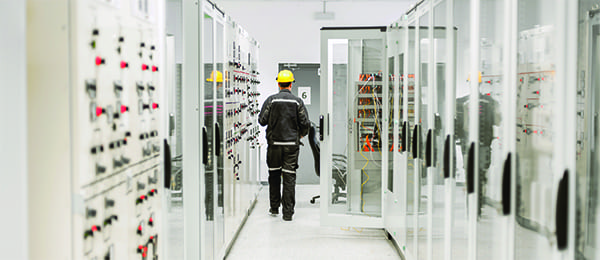 |
| 2. Implementing a structured decision-making process can help employees solve problems in the field and avoid mistakes. Courtesy: Kepner-Tregoe |
Varied learning styles combined with cost control initiatives at many generation facilities and across fleets require different learning strategies within organizations. Traditional classroom training may be appropriate in some circumstances, but alternative options are necessary to ensure that employees develop the required technical and critical thinking skills to be effective in their roles.
Skill development partners in the power generation industry must continue to develop innovative learning options to ensure employees of all ages are engaged in training programs. As an example, KT has added a range of critical-thinking and problem-solving training options to supplement its workshop-based, in-person training programs to address these changed learning styles.
Core critical-thinking skills are vital to employee and leadership development. A study conducted by the World Economic Forum for The Future of Jobs Report identified complex problem solving, critical thinking, and judgment and decision making as key skills required for employees today, and for the workforce of the future. These skills will be particularly relevant as the use of technology continues to increase.
KT has supported the generation industry with consulting and skill development programs over the last several decades. Its business process improvement consulting, and its problem-solving and decision-making training are industry standards. It continues to work with leading industry organizations including Exelon and Ontario Power Generation to provide training programs that meet all learning styles.
All players in the generation industry must work together to solve the challenges now facing the industry. Generation sources must complement each other, and not compete for capital and access to markets. A durable baseload is required and to maintain that there needs to be a gradual transition from the legacy sources of power generation to new renewable sources. To make this transition effective, a whole industry strategy is required.
Engaging with Employees
The amount of pressure on the power generation industry to provide the perfect match between generation and demand is a constant challenge. The pressure will only increase in the coming years as society and several levels of government attempt to force reductions in the power generation industry’s carbon footprint. Access to capital is increasingly difficult, and effectively managing existing assets to extend their lifespan is an important, and ongoing, challenge.
As the baby boomer generation leaves the workforce, generators must manage the transfer of knowledge and capability to new employees. New employees frequently have different employment expectations that can make the transition difficult. New employees often expect more-frequent role changes within an organization, and often demand faster promotion opportunities than their predecessors within the generation industry. Younger employees have different approaches to learning that require different training programs to provide a range of options to match a range of learner styles and behaviors.
KT is one partner focused on working with generators to provide a range of solutions to meet many of the challenges being faced and support continuous improvement programs across the industry. The company supports organizations that want to increase operational efficiency/performance through the continuous improvement of product quality and equipment reliability. KT assists generators by implementing a consistent approach to problem solving and improving workers’ troubleshooting skills. Its clients benefit from significantly reduced costs and improved operational effectiveness though a unique blend of training and consulting solutions. ■
—Jeff Robinson is director of global marketing for Kepner-Tregoe, and Chris Green is KT’s solution and delivery excellence manager – North America. KT is a global consulting firm focusing on operational excellence, IT service management, and training.


